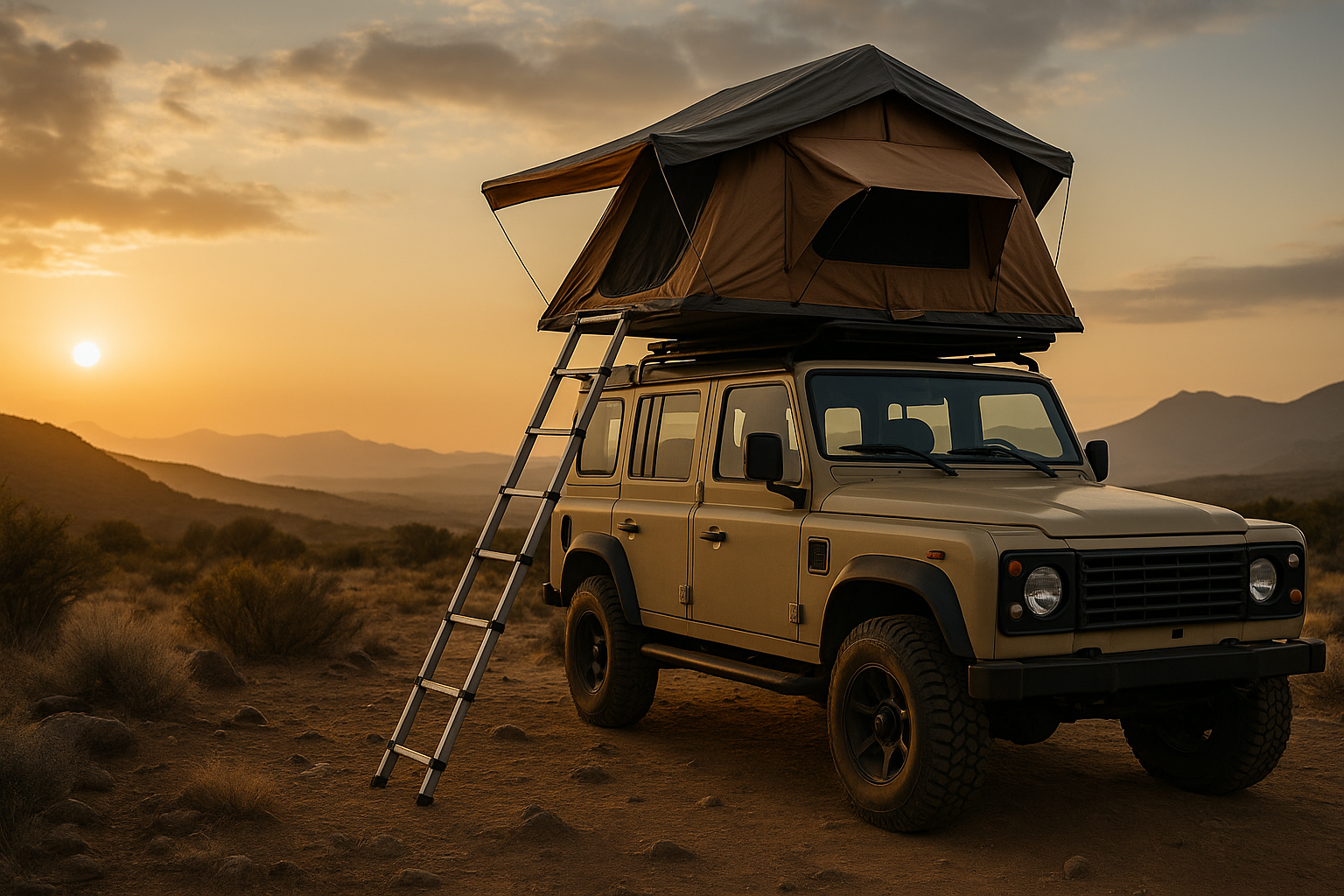Unraveling the Intriguing World of Overlanding: An In-depth Look Into its History, Technology, and Impact on the Auto Industry
In the vast landscape of automotive culture, overlanding stands out as a unique blend of adventure, technology, and resilience. This cross-country journey, done in four-wheel-drive vehicles, is more than just a drive; it's a lifestyle, a testament to human endurance, and a love letter to the great outdoors. Buckle up as we take an exhilarating ride into the world of overlanding, exploring its rich history, technological developments, and its growing influence in the automotive industry.

The Roots of Overlanding
Overlanding has its roots in the adventurous spirit of early explorers, who embarked on long-distance expeditions across uncharted territories. The term ‘overlanding’ is believed to have originated in Australia during the 19th century, referring to herding livestock over vast distances. This concept evolved in the mid-20th century with the advent of more robust and reliable off-road vehicles, transforming overlanding into a popular form of adventure travel.
The Rise and Evolution of Overlanding Vehicles
The evolution of overlanding vehicles is a fascinating study in technological innovation. In the initial days, vehicles like the Land Rover Series I and the Toyota Land Cruiser, with their robust build and off-road capabilities, were the go-to choices for overland expeditions. Over the years, automotive manufacturers have refined and upgraded these off-roaders, incorporating advanced 4WD systems, improved suspension, and more powerful engines to tackle challenging terrains. Today, the off-road vehicle market is brimming with advanced models like the Jeep Wrangler Rubicon and the Toyota 4Runner TRD Pro, designed explicitly for overlanding adventures.
The Overlanding Influence: Industry Trends and Insights
The rising popularity of overlanding has significantly influenced the auto industry, leading to the creation of a thriving market for overlanding vehicles and related accessories. Manufacturers and aftermarket companies alike are catering to this trend, offering specialized equipment like rooftop tents, portable refrigerators, and heavy-duty bumpers. There’s even a surge in the production of overland trailers, compact trailers equipped with camping essentials that can be towed behind an overlanding vehicle.
The Impact of Overlanding: Benefits and Challenges
Overlanding presents numerous benefits, including the opportunity to explore remote landscapes, engage in outdoor activities, and foster a sense of community among fellow enthusiasts. However, it’s not without its challenges. Overlanders must be prepared to tackle difficult terrains, unpredictable weather conditions, and potential mechanical failures. Furthermore, responsible overlanding necessitates a commitment to environmental conservation, leaving a minimal footprint in the natural areas traversed.
The Future of Overlanding
With the advent of digital technology, overlanding is becoming more accessible than ever. GPS and mapping apps are assisting overlanders in navigation, while online forums and social media groups provide platforms for sharing experiences and advice. As more people seek unique travel experiences, the overlanding trend is set to continue its upward trajectory. However, the automotive industry must also address the environmental impact of these expeditions, possibly through innovations in green technology and sustainable practices.
Overlanding is a dynamic and exhilarating part of automotive culture. It’s a testament to the human spirit of adventure, the technological advancements of the auto industry, and our enduring fascination with exploring the unknown. As we journey into the future, overlanding is expected to evolve further, opening up new frontiers in the automotive and travel industries.




